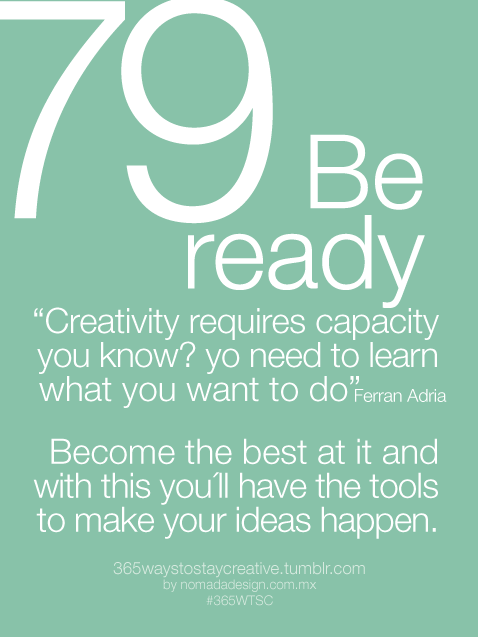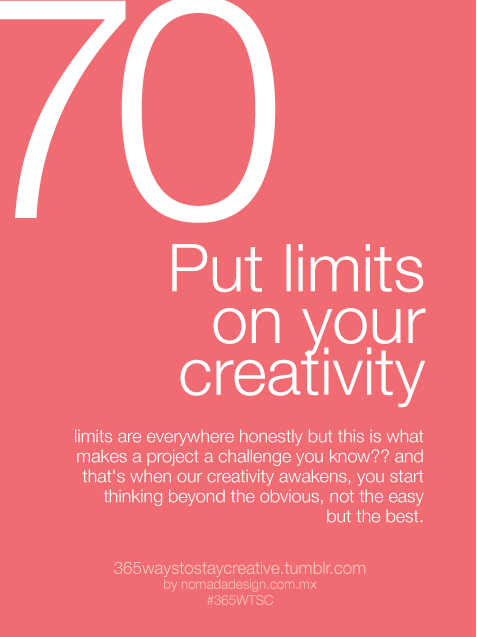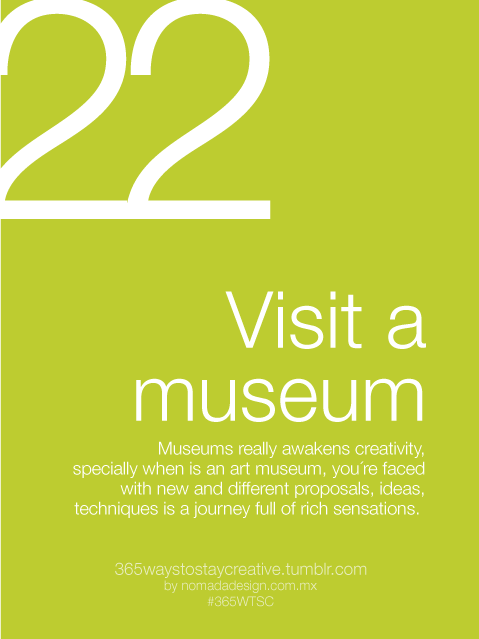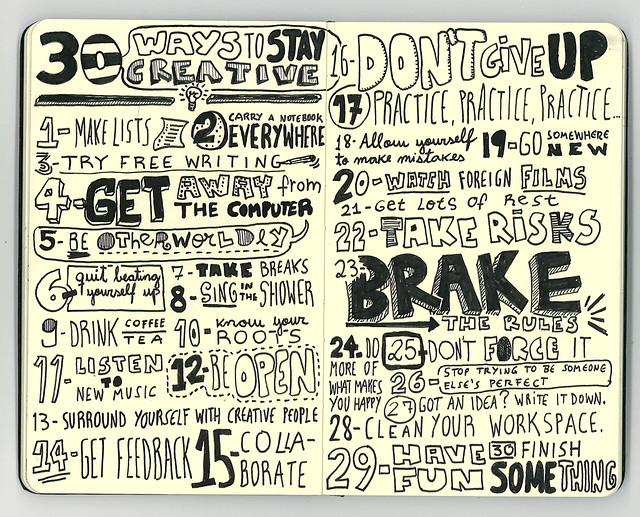The final concept for our brief was to create a monthly calendar / magazine that purposes ways for art and design students to stay creative through 5 task's a day.
PUBLICATION RESEARCH
I started my research for the brief by looking into various publications, focusing on art and design direction, editorial, zine and pamphlet designs. This research initially would help me show ways of how we could layout the content of our possible magazine and the aesthetic style for our target market.
SECONDARY









PUBLICATION RESEARCH
I started my research for the brief by looking into various publications, focusing on art and design direction, editorial, zine and pamphlet designs. This research initially would help me show ways of how we could layout the content of our possible magazine and the aesthetic style for our target market.
SECONDARY

Source: Creative Review


Hand Drawn - Illustrative Aesthetic: MagSpreads

Contents Layout: Pinterest


Source: BeccaAllen

Source: BeccaAllen

Art School Publication: MagSpreads

Qualterly Design Journal: MagSpreads



Student Art + Design Zine: MagSpreads



Source: GarethProcter

Source: Pinterest


Pamphlet Design: Pinterest

Pamphlet Design: Pinterest


Source: Pinterest


Source: Pinterest


Source: Pinterest


Source: Pinterest


Source: TheDieLine

Monthly Zine: Pinterest

Source: FredCarrido

Source: DesignSwan


Source: EdgarBak

Source: Pinterest


Source: JosephJohnson

A 5 Series Publication: Pinterest

Source: Pinterest
PRIMARY
For primary research I looked at publications, flyers and posters that were based in creative institutions.
Leeds College of Art. (Blehiem Walk + Vernon)
I looked at magazines and newspapers that where situated in our college as these were relevant to our target audience.
Smoothie Co. + Mangal,
I also looked at events flyers and posters to look at creative styles of type and layout that would be relevant to our target market. These flyers were also situated at popular coffee shops and stores that our target market visited in Leeds.
CALENDAR
I then researched possible calendar layouts for our tasks to be put on. As a group we was still indecisive weather we was going to make a magazine, calendar or both.
I then researched possible calendar layouts for our tasks to be put on. As a group we was still indecisive weather we was going to make a magazine, calendar or both.
SECONDARY
I looked at calendar designs focusing on the layout, biding, colour and pages. These features had to be considered in regards to mass production, content, time and cost.

Source: Pinterest
The group decided that we should focus on making a magazine with a possible supplementary calendar. This then prompted me to research into the content we wanted in the magazine.
CONTENT
The group discussed a few features they wanted to included in the magazine. These included events, ways to stay creative and artist interviews.
The group discussed a few features they wanted to included in the magazine. These included events, ways to stay creative and artist interviews.
Event's Secondary Research
I began my research by focusing on events that were exclusively in Leeds as this was the location of were our magazine would be distributed.
I began my research by focusing on events that were exclusively in Leeds as this was the location of were our magazine would be distributed.
Event's Primary Research
I then collected a few leaflets and flyers in Vernon street that had these events listed to look at the style and content.
Way's To Stay Creative.
I looked at a collection of ways people stayed creative from videos, posters, journals and blogs, to get a variation.




Source: 365 Ways
This blog offered a variation of ways to stay creative everyday. Some were relevant to our concept and others were just everyday generalisations. I collated some images from the website that I found helpful.
I then looked at another blog that listed 29 ways to stay creative. I made note of the one's I found relevant and influential to our project.
- Make lists. Use an app like Paperless.
- Carry a notebook everywhere. Moleskin has lots of sizes and designs for every need.
- Try free writing. Read about the technique.
- Get away from the computer. Take a short walk, do a few push-ups, sit-ups, office exercises or meditate if you have access to a quiet room.
- Quit beating yourself up. Acknowledge the mistake, devise a plan to improve, take the fist step toward change, be content you've done what can be done.
- Take breaks. Planned breaks are better than unavoidable drifts of attention. Take a drink, call an old friend, play a game on your phone, like Bad piggies.
- Drink coffee. Eat an apple. They both speed up your brain functions.
- Be open. Consider new ideas seriously.
- Surround yourself with creative people. Get exposed to their ideas and ways of thinking about the world.
- Get feedback. Be humble and learn from others. Get critique for your logos on Brands of the World.
- Collaborate. Working with others can bring out the best in all of you. Competition and cooperation are both great motivators.
- Practice, practice, practice. Research shows you need to do a profession for 7 years in average to be best at it.
- Allow yourself to make mistakes. You never know where they take you and how it will benefit you in the future.
- Take risks. Steve Jobs said: "Let's make a dent in the universe."
- Break the rules. Including the ones listed here.
- Don't force it. Some things are just too hard and not worth the effort. Try a new perspective.
- Create a framework. Get mundane must do things out of the way and make room for creativity.
- Stop trying to be someone else's perfect. Create your own standards for yourself.
- Got an idea? Write it down. Get it out of brain. Make room for more new ideas. Evernote is great for this purpose.
- Clean your workspace. The cleaner your table is the harder your imagination will try to fill the void.
- Have fun. Being relaxed about your job is the best way to be good at it.
- Finish something. Get a quick feeling of satisfaction for completing a task.
Source: 29 Ways
I also found a motion graphics video that represented the 29 ways to stay creative.
This type of media could also be a consideration of what we could create for our possible online blog.

Source: Flickr
The Brief stated 'You should aim to identify, analyse and use existing means of distribution in order to select an appropriate method of communication.' I looked at variations of these to present to my group.
DISTRIBUTION
Digital : Mobile, TV, internet, blogs, websites.
Networking sites: Twitter, Facebook, Myspace.
Physical: Posters, flyers, handouts, stickers, (consider location and where to be placed)
COMMUNICATION
Verbal : Dialogues, speech, presentations, discussions, tone of voice is crucial in the delivery of a message.
Formal: In a set and professional format such as business meetings.
Informal: No rigid guide lines, usually between people who know each other or who are on the same wavelength.
Non verbal: Facial expressions, gestures, hand and hair movements, body language, signage, pictorials, photographs, sketches and paintings.
Visual : Signboards, displays, hoardings, banners, maps, posters, books, ect.
Digital : Mobile, TV, emails, internet, blogs, websites, networking sites: Twitter, Facebook, Myspace.
Written: good for business purposes and for informal, letters, reports, articles, memo's.
1) Get the rough idea of the strength of the listeners.
2) Think over the age, sex, background and interest of the listeners.
3) See whether the audience is patient enough to handle you for hours. Check out if they are friendly or hostile.
4) Choose the approach that suits the audience.
5) Create a feeling such that each individual feels that the speaker is trying to talk with him and sharing the joy and sorrow of events with him.
6) Let the audience know depth of your knowledge regarding the subject.
7) Show your sincerity and whole heartedness for the subject.
8) To keep the communications healthy do keep cracking jokes in between such that the jokes should not be appeared to be deliberately told. They should relate to topic.
9) Concentrate on your ideas and do not get distracted by the activities performed by the audience e.g. smiling, whispering.
A creative way of presenting the idea's in a illustrative style, done by a person in their journal. This style could be a consideration for the magazine.
INTERVIEW QUESTIONS - LAYOUT
I looked at online interviews with graphic designers and artist to get an idea of what questions I could ask my designer as my interview was going to be done by email. It was also a good way to look at the style and layout of how the interview could be presented in the magazine.
The Brief stated 'You should aim to identify, analyse and use existing means of distribution in order to select an appropriate method of communication.' I looked at variations of these to present to my group.
DISTRIBUTION
Digital : Mobile, TV, internet, blogs, websites.
Networking sites: Twitter, Facebook, Myspace.
Physical: Posters, flyers, handouts, stickers, (consider location and where to be placed)
COMMUNICATION
Verbal : Dialogues, speech, presentations, discussions, tone of voice is crucial in the delivery of a message.
Formal: In a set and professional format such as business meetings.
Informal: No rigid guide lines, usually between people who know each other or who are on the same wavelength.
Non verbal: Facial expressions, gestures, hand and hair movements, body language, signage, pictorials, photographs, sketches and paintings.
Visual : Signboards, displays, hoardings, banners, maps, posters, books, ect.
Digital : Mobile, TV, emails, internet, blogs, websites, networking sites: Twitter, Facebook, Myspace.
Written: good for business purposes and for informal, letters, reports, articles, memo's.
There are many ways to communicate a message but in order to make it effective for a specialist audience you must Utilise > Personalise > Humanise > Socialise > Narrate > Visualise
AUDIENCE AWARENESS
1) Get the rough idea of the strength of the listeners.
2) Think over the age, sex, background and interest of the listeners.
3) See whether the audience is patient enough to handle you for hours. Check out if they are friendly or hostile.
4) Choose the approach that suits the audience.
5) Create a feeling such that each individual feels that the speaker is trying to talk with him and sharing the joy and sorrow of events with him.
6) Let the audience know depth of your knowledge regarding the subject.
7) Show your sincerity and whole heartedness for the subject.
8) To keep the communications healthy do keep cracking jokes in between such that the jokes should not be appeared to be deliberately told. They should relate to topic.
9) Concentrate on your ideas and do not get distracted by the activities performed by the audience e.g. smiling, whispering.
Useful Links
Source: Wiki Answers
Source: Buzzle
On considering the ways in which we could distribute and communicate our publication. I decided to look into website and blog design. I looked at websites that were relevant to the art and design community, focusing on content, target audience and layout.

WEBSITE - BLOGS
On considering the ways in which we could distribute and communicate our publication. I decided to look into website and blog design. I looked at websites that were relevant to the art and design community, focusing on content, target audience and layout.
- Under Consideration : provides service for corporate and brand identity.
- Creative Review : The annual promotes designers by rewarding them with a feature in their magazine.
- We Heart : Blog explore art, culture, fashion and design.

- Abduzeedo : Supporters links
- Looks Like Good Design : Allows uses to like posts
- David Airey : professional, minimalistc, categories for different types of design
- Aisle One : An inspirational resource focused on graphic design, typography, grid systems, minimalism and modernism. I love the simplicity of this blog and the things they share are very inspiring.
Looking at the content of Tumblr there was a lot of art and design posts that were updated daily. There was also options for people to follow, reblog, like, submit and ask questions that the majority of the other websites didn't offer.
I though this type of blog would be suitable for our group and a relevant way to communicate it to our target market. As we could interact with our target market directly.
.JPG)
.JPG)
.JPG)
























No comments:
Post a Comment